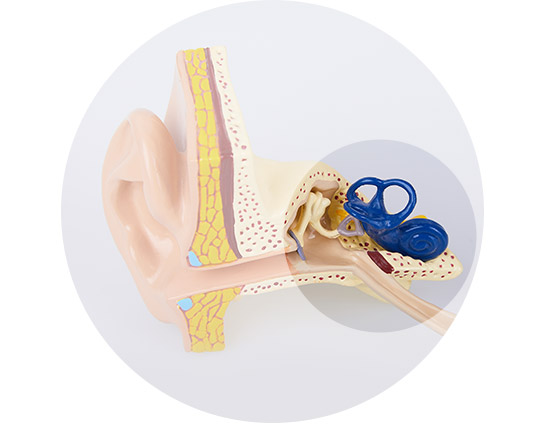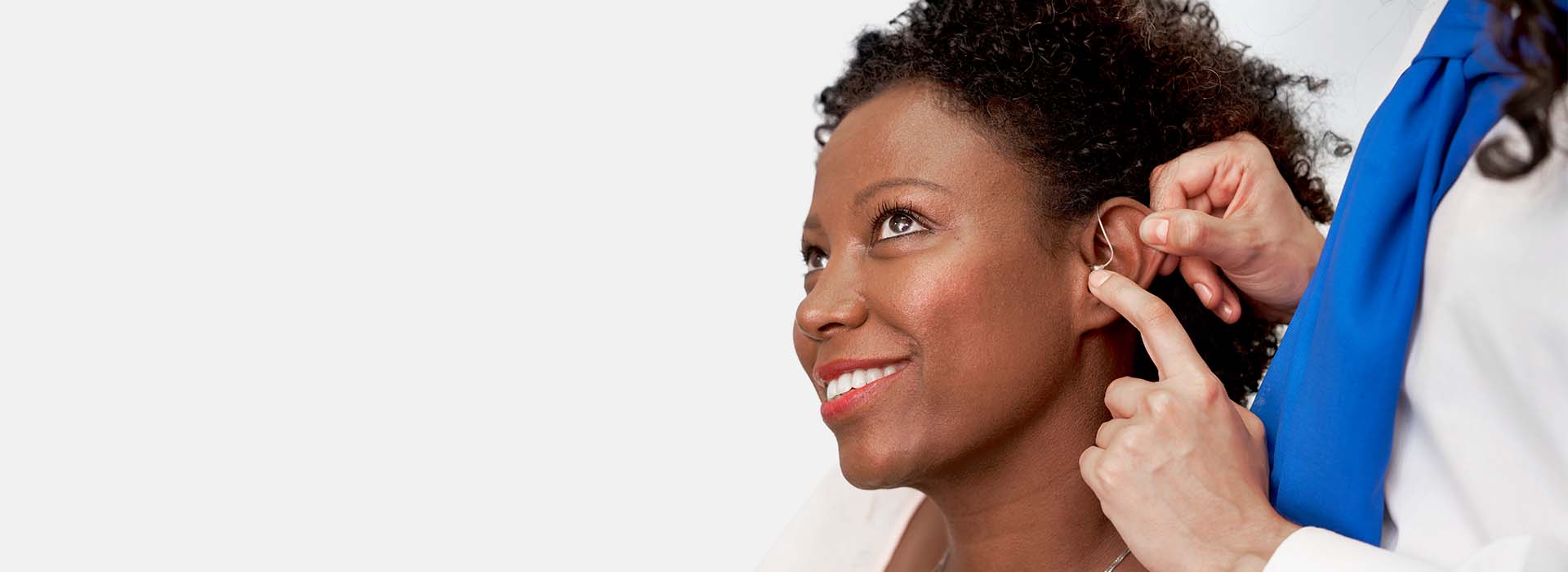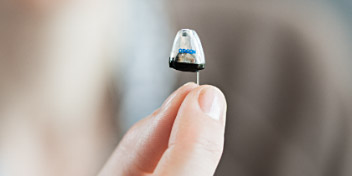Prevent hearing loss before it impacts you or a loved one
Even if you don't currently have symptoms of hearing loss, you can still be proactive in preventing it. Using hearing protection, such as ear plugs, molds or earmuffs, is one effective way to prevent hearing loss. Wearing this protective gear will help to protect your ears from especially loud sounds, such as:
- Garden tools like lawn mowers and leaf blowers
- Woodworking machinery
- Loud appliances
- Work-related exposure, including factories and construction sites
- Snowmobiles
- Music
Excessively loud everyday sounds, both at home and at work, can pose a risk to your hearing health, so it's a good idea to invest in hearing protection if you expect to be exposed to loud noise. Avoiding loud sounds and reducing exposure can be beneficial for your longterm hearing health.
Hearing loss












